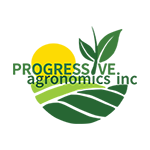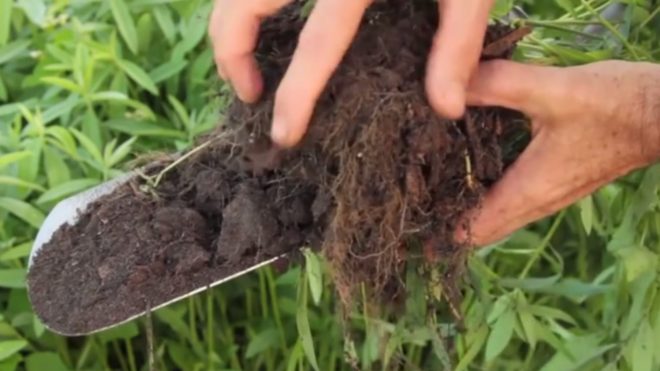When you think about soil health, what comes to mind? You probably think of key indicators such as percent organic matter (OM) or microbial activity. There is a reason these are at the top of the list. Who wouldn’t want to have soil with 6% OM and a robust microbial community? We often focus on the soil surface because our senses do not work well when trying to detect what is going on beneath the soil surface. It is nearly impossible to change the physical properties of the soil we farm, and because we can’t change it, we often overlook the importance of soil texture and structure.
WE CANNOT CHANGE OUR SOIL’S TEXTURE. WHY NOT JUST IGNORE IT?
No, we cannot change our soil’s texture, but I guarantee you are not ignoring it. Soil texture is a key driver. It influences everything from which crops are best suited for your soil to your tillage choices. I recommend you learn more about the texture and structure of the soil(s) you farm, so you can manage them better. When it comes to soil structure, it is all about stewarding the mix of sand, silt, and clay you have been dealt. In fact, one of the key indicators of soil health that I evaluate is aggregate stability. Aggregate stability is a sophisticated term that describes how our soil particles hold together when an outside force (such as water) is applied. Aggregate stability can tell you a lot about how that farm has been managed in the recent past.
WHAT IS THE IDEAL AGGREGATE STABILITY?
Soil with ideal aggregate stability:
1. Is easily penetrated by water
2. Expands and swells to absorb a lot of water without quickly breaking apart
3. Holds that water for an extended period of time
Soil texture and OM do have an influence on aggregate stability. However, the only way to change the texture of the soil you farm is either to move your farm or buy farmland with better soil texture. While that is possible, it is not practical. We can increase the OM of our soils, and I think that is an important and beneficial goal. The challenge many farmers have with increasing OM is most of the effort and expense of adding cover crops to your operation must be made upfront, while the benefits come years later. If you are willing to make a few changes to your operation, it is possible to see improved aggregate stability in a few years. Thankfully, many of the principles that improve aggregate stability also increase soil OM, so we don’t have to choose one path or the other.
HOW DO I IMPROVE AGGREGATE STABILITY AND SOIL HEALTH?
The main objective below is to identify management activities that build soil health and which management activities diminish soil health. In the table (below)are some guidelines I hope you find helpful.
~ Greg Shepherd – M.S., CCA – Field Agronomist

